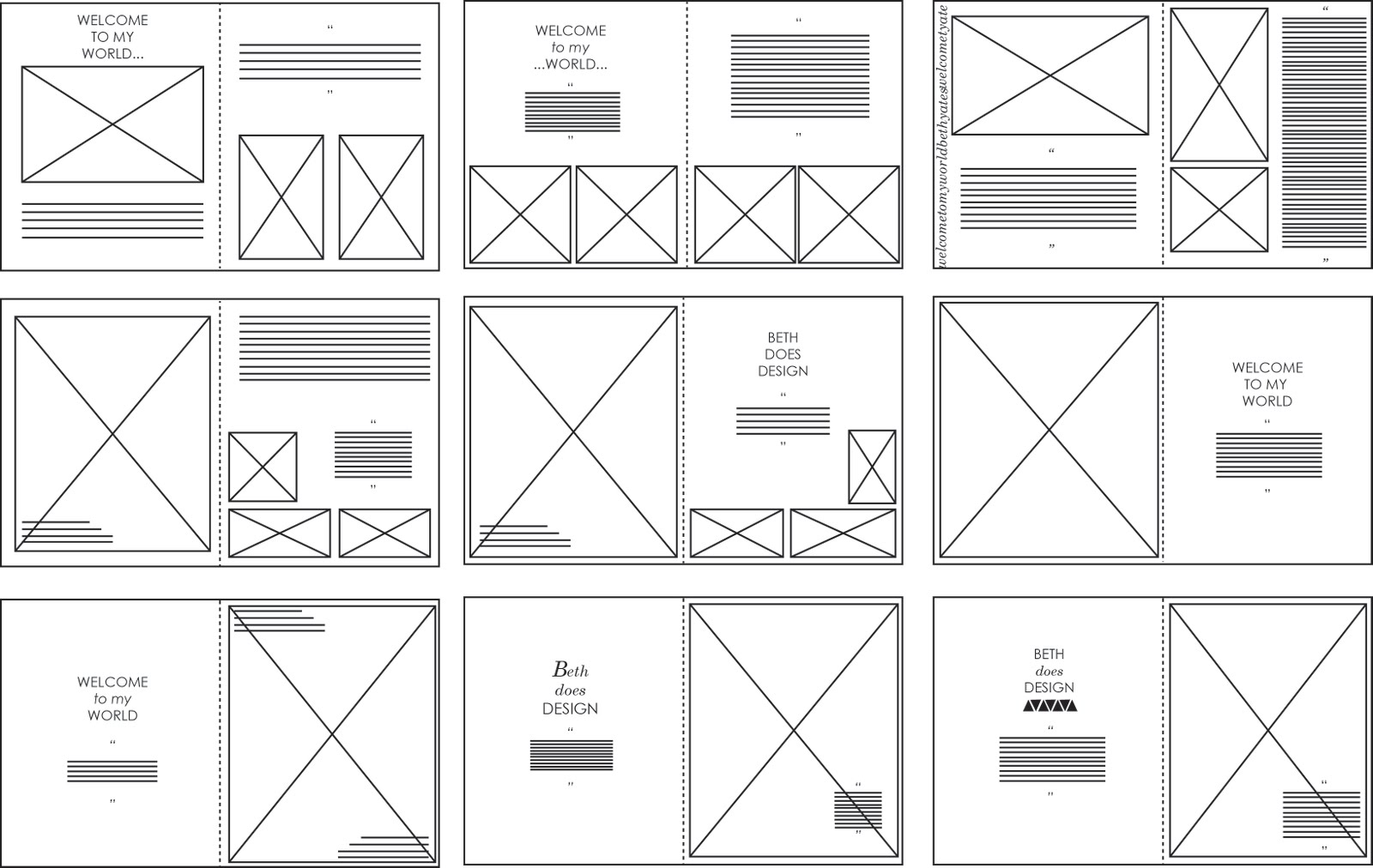

Of the proactive design approaches, there is no approach that addresses greater user diversity than universal design (UD).Īlthough UD has its roots in the design field of architecture and commercial products and information technology (IT), applications in education are growing in number. They include universal design, accessible design, barrier-free design, usable design, inclusive design, and design for all. How can educators design instruction to maximize the learning of all students? How can employers create environments to maximize productivity of all employees? How can IT professionals procure and develop products that are accessible to and useable by everyone? How can student services make their offerings inclusive of everyone? A number of proactive approaches discussed in the literature consider a broad audience in design practices. Some of us have characteristics considered by many to be “disabilities,” including people who are blind, are deaf or hard of hearing, are on the autism spectrum, and have mobility impairments, attention deficits, learning disabilities, and health impairments. All people have an intersecting identity made up of a variety of these unique facets. Most groups in educational institutions, workplaces, and other settings are diverse with respect to background, cultural and gender identity, first language, socioeconomic status, age, abilities, learning preferences, and myriad other characteristics.


 0 kommentar(er)
0 kommentar(er)
